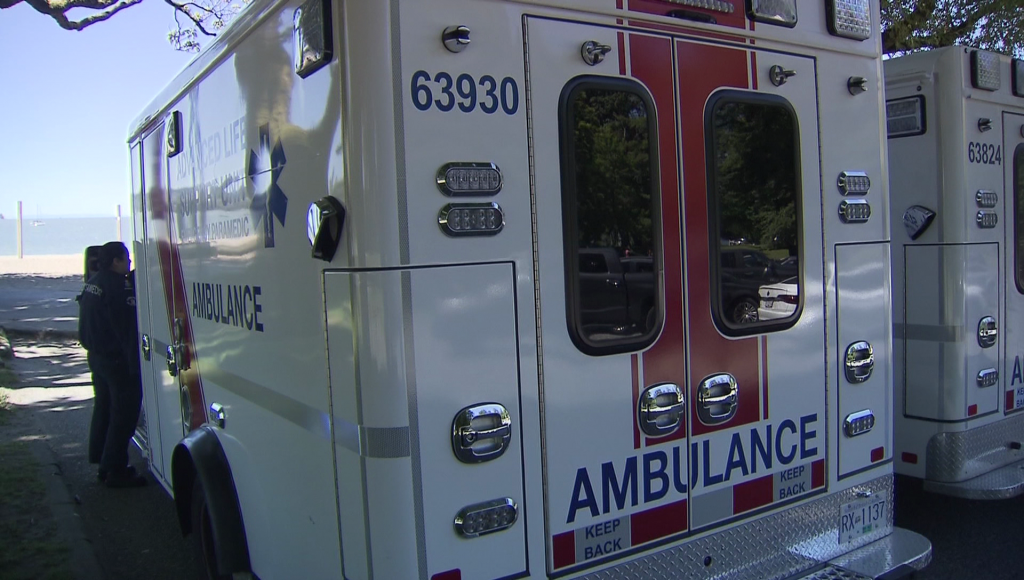
A new study shows the deadly heat dome that ravaged B.C. three years ago and left more than 600 people dead, was fueled by climate change.
The report, which was published in Communications Earth & Environment this week, confirms global warming also played a role in the record-breaking wildfire season in 2021.
“Based on analysis of persistent positive anomalies of geopotential heights, the heat dome accounted for 21-34 per cent of the total area burned in 2021. The event was 59 per cent longer, 34 per cent larger and had 6 per cent higher maximum amplitude than the same event would have been without a warming climate,” states part of the study.
“Climate change will continue to magnify heat dome events, increase fire danger, and enable extreme synchronous wildfire in forested areas of North America.”
The study adds there is a very direct link from one natural weather disaster to the next.
“Recently, in the spring and summer of 2023, blocking events occurred asynchronously in both the west and east of Canada, leading to well above seasonal temperatures and precipitation deficits, exacerbating the extraordinary fire season where approximately 15 million hectares burned in Canada in 2023.”
Joanna Eyquem is the managing director of Climate-Resilient Infrastructure at the Intact Centre on Climate Adaptation within the Faculty of Environment at the University of Waterloo. She says this study confirms what experts have been predicting for years.
“I think it also highlights the link between the different natural hazards, with heat leading to fire. I think experiencing multiple disasters that Canada has experienced, we’re appreciating those links a little bit more,” said Eyquem, adding wildfires are no longer just a problem for rural areas.
“I think wildfires [have] become an issue in urban areas with all the smoke that’s produced, so I think there’s much more attention on wildfire as well now.”
Eyquem reminds everyone there’s more than just heat, drought, and fire to worry about.
She points to the intense flooding in 2021 as an example.
“I think it’s trying to take a multi-task approach and appreciate the different risks we need to adapt to,” Eyquem said.
She hopes governments of all levels will start to dedicate resources to addressing climate change and communicating the risks to the public.
“We didn’t see very much investment specifically in adaption in the last [federal] budget. We do have a National Adaption Strategy at a federal level, but we need the money to invest and also to educate people. A lot of people are worried about climate change and there’s a growing anxiety and taking acting can help people feel slightly more empowered.”
Eyquem feels that while many people understand we could be facing multiple environmental disasters in the years and decades ahead, they don’t do what they can to improve the situation.
“Now that it’s actually happening, it has sadly made it easier to talk about climate adaptation because people are really seeing the affects to them. They see it’s a health risk, whereas, previously, it seemed like some kind of environmental problem that wasn’t really affecting us.”
Eyquem says there are things people can do to help better prepare and protect their homes for climate crises.
“For fire, you need to think about landscaping and keeping fuel away from your home and trimming branches to two metres off the ground. You may also think of more bigger upgrades like getting a fire-resistant roof. For heat, it’s very important to actually have a plan to check on vulnerable people,” she said.
The study shows the heat dome persisted for an incredible 27 days, from Jun. 18 to Jul. 14, 2021, with intense temperatures felt in B.C. and along the western United States. This resulted in hundreds of deaths of both people and marine animals, as well as devastated crop fields.